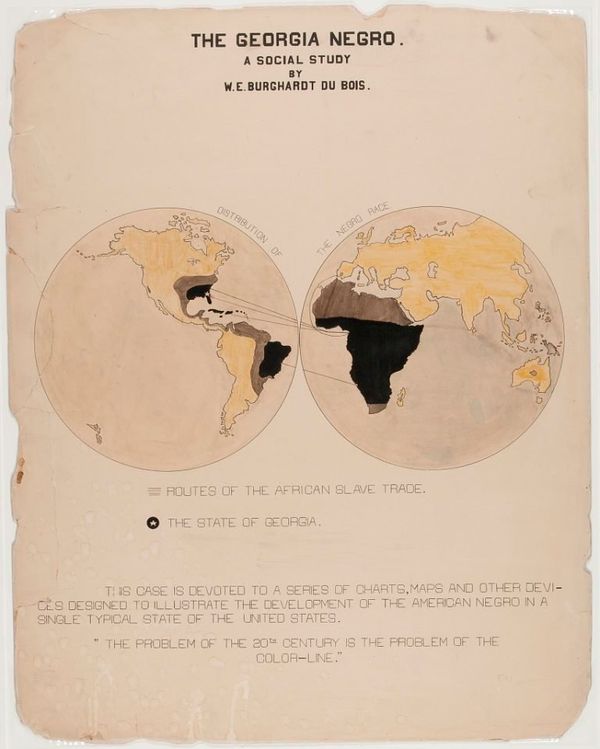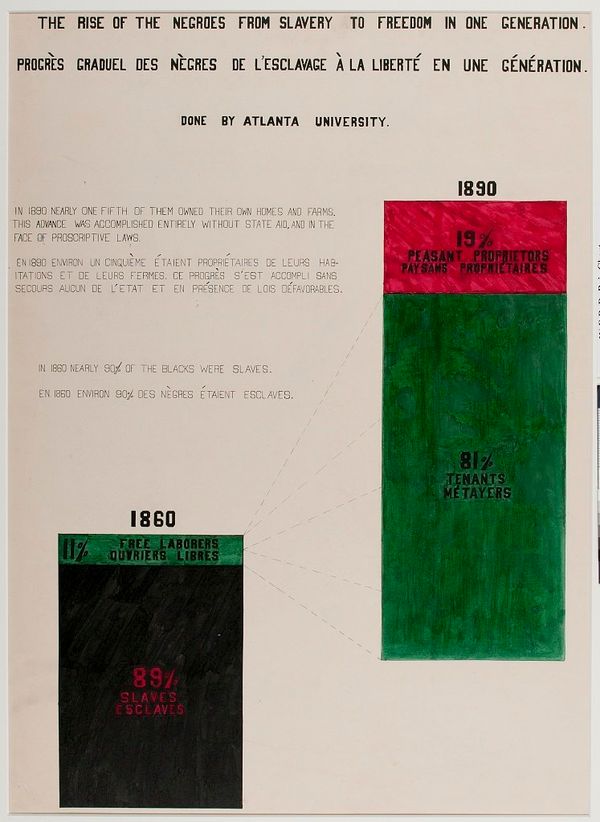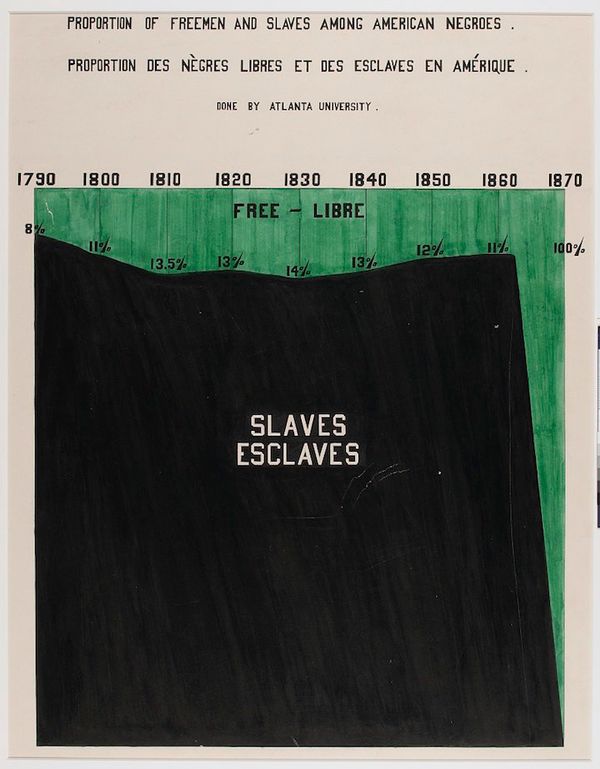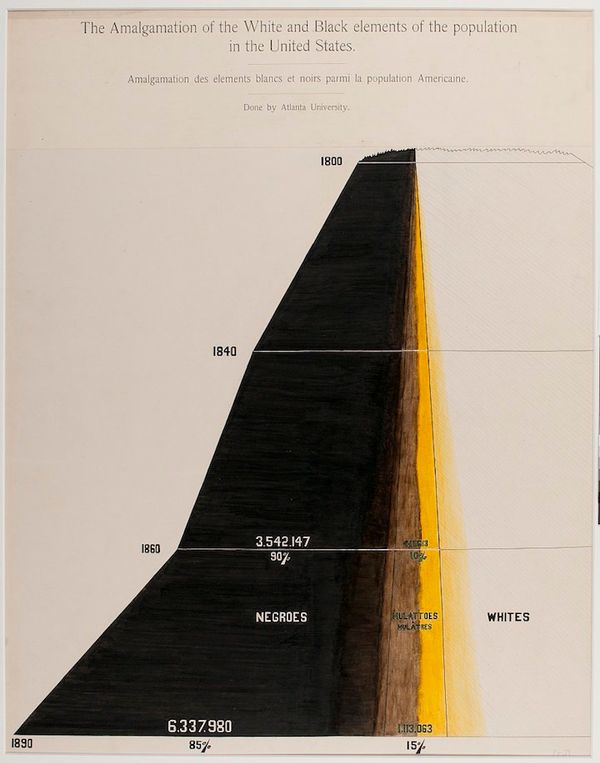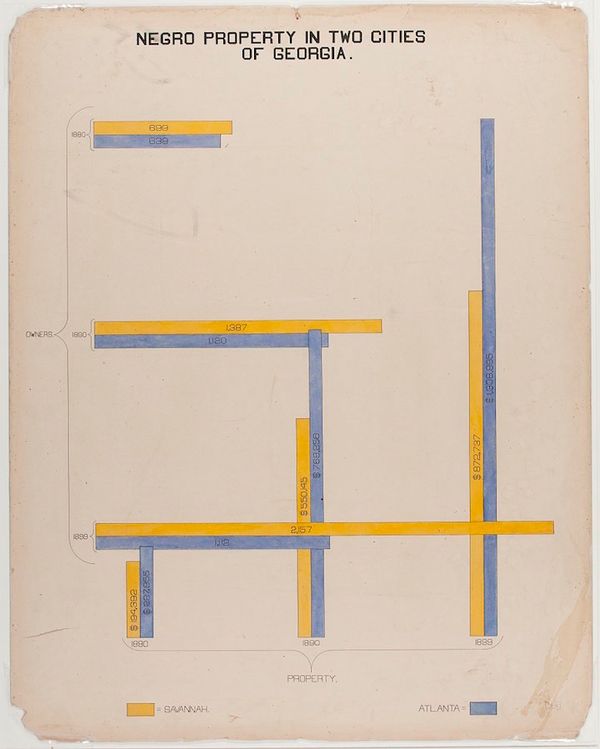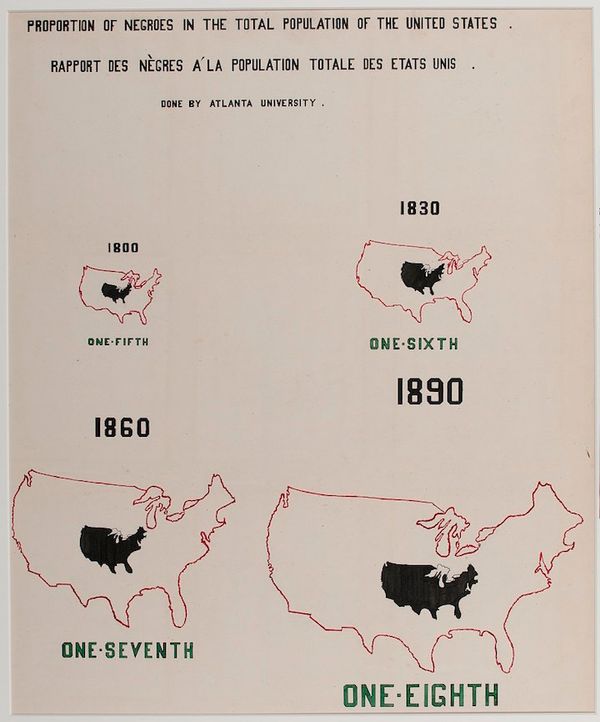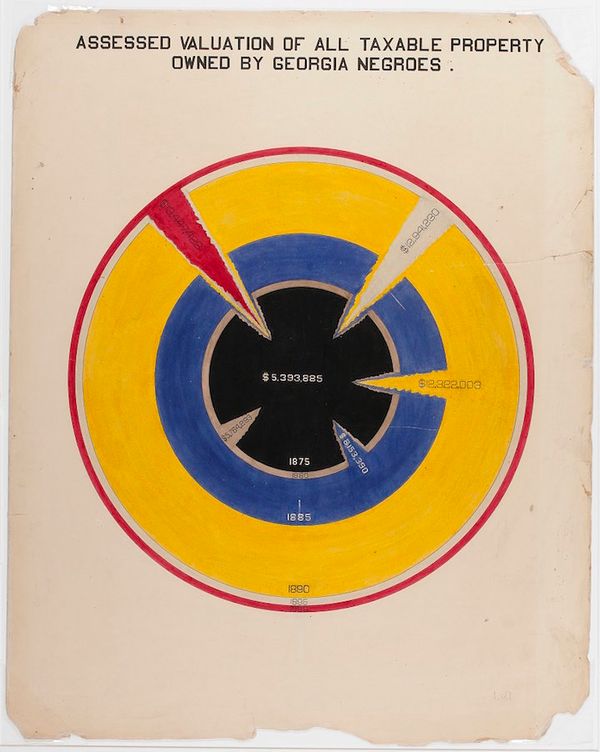You Must See W. E. B. Du Boiss Hand-Drawn Infographics On Black Life In 1900
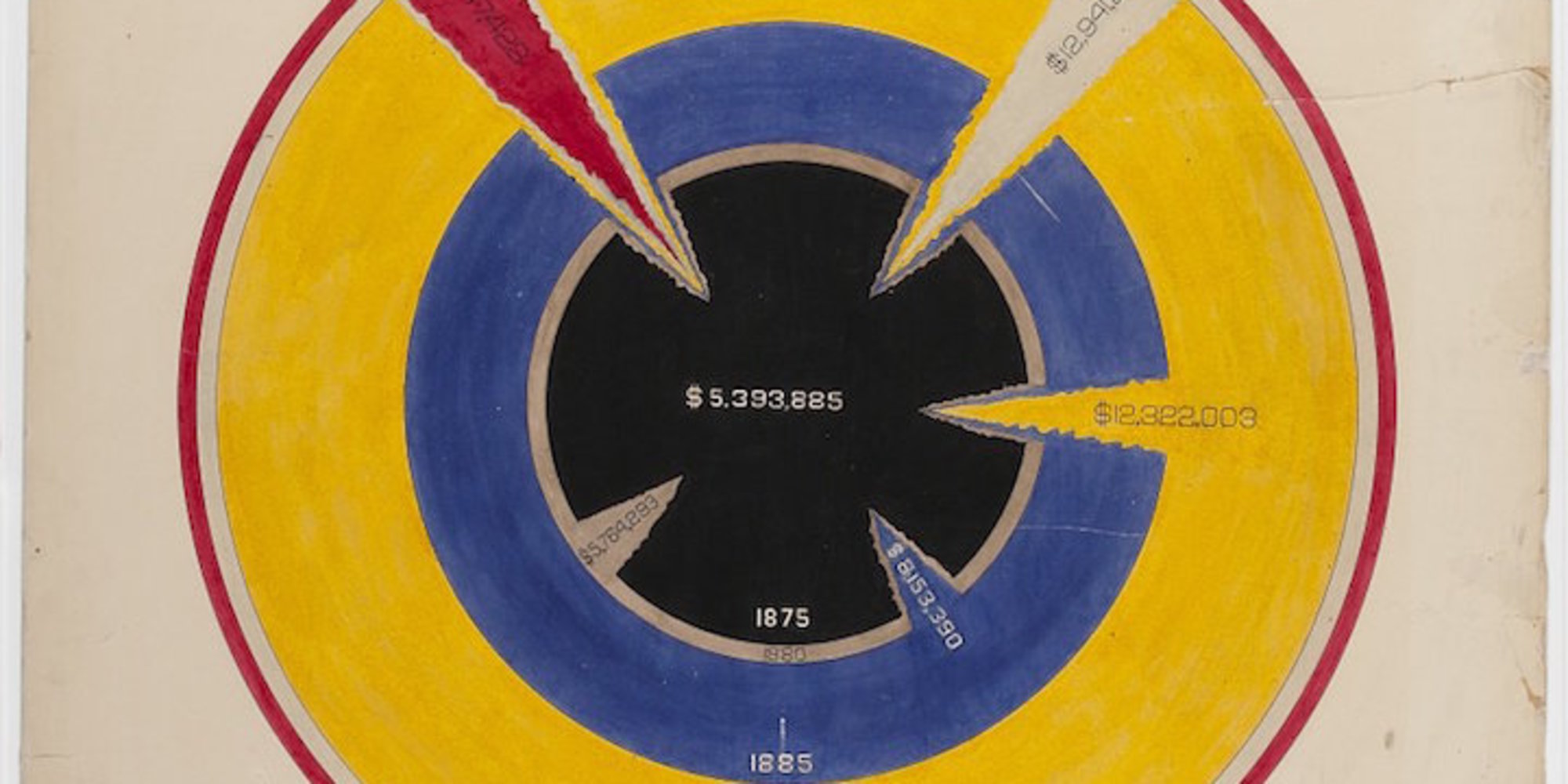
If youd like a vivid glimpse at black history, look no further than W.E.B. Du Boiss striking, hand-drawn illustrations about black life in America after the end of slavery.
The graphs, recently digitized by the Library of Congress,originally went on display as part of the Exhibit of American Negroes at ParissExposition Universellein 1900. Organized by Du Bois and fellow black intellectuals and activists Booker T. Washington and Thomas J. Calloway, the exhibits aim was to highlight the triumphs and harsh realities of the black experience in the United States.
Du Bois created well over 60 infographics that displayed a rich amount of data (compiled by Atlanta University) that tracked everything from the amount of property owned by blacks in the United States, the number of freemen versus slaves during and after the institution of slavery, and the rate of education amongst blacks in America. The data offers a dynamic glimpse of the progress made by African-Americans in the wake of slavery, in spite of major institutional roadblocks.
DuBois wrote in 1900 that the exhibit, which also included hundreds of photographs and portrait of African-Americans, aimed to bean honest straightforward exhibit of a small nation of people, picturing their life and development without apology or gloss, and above all made by themselves.
View some of the striking graphics below:
